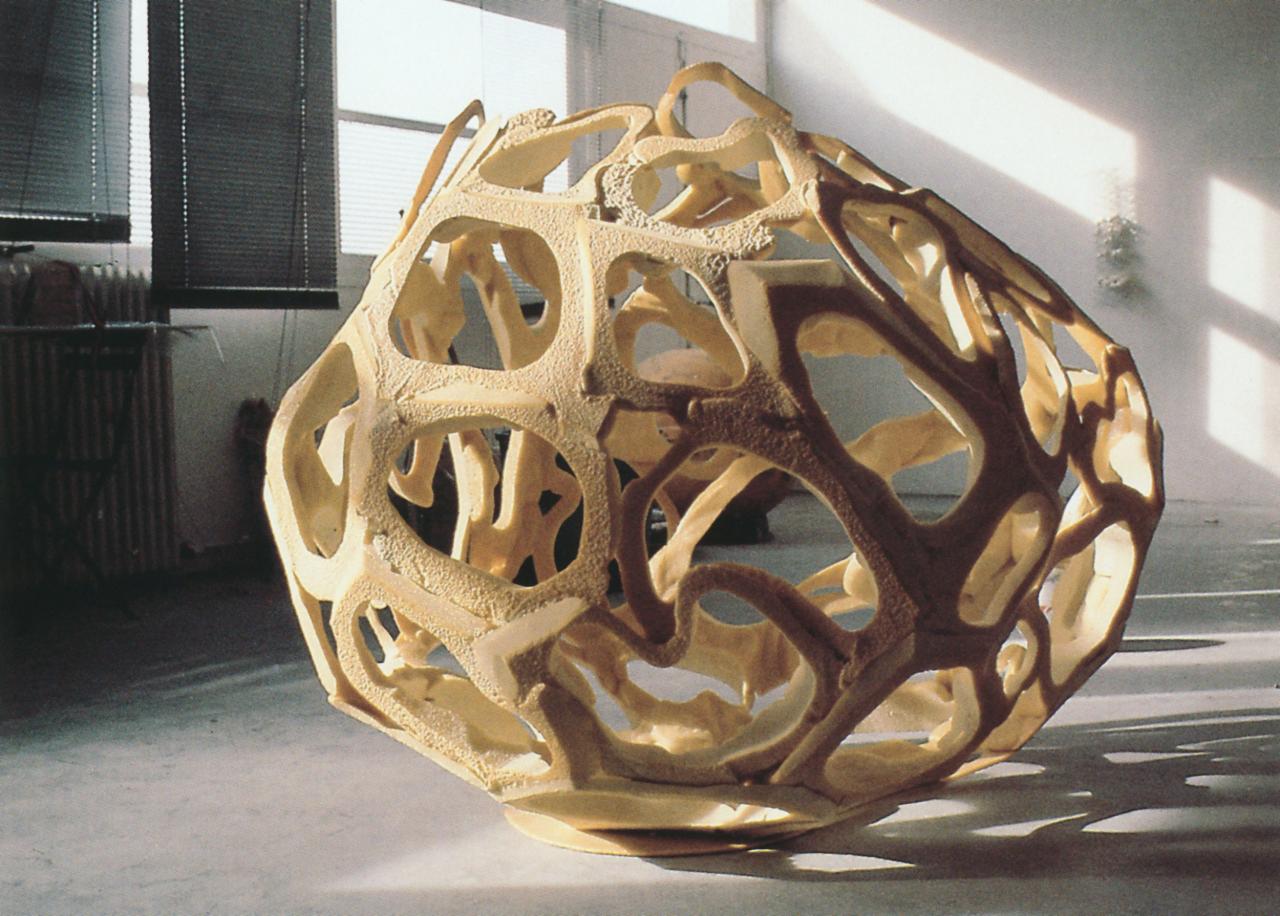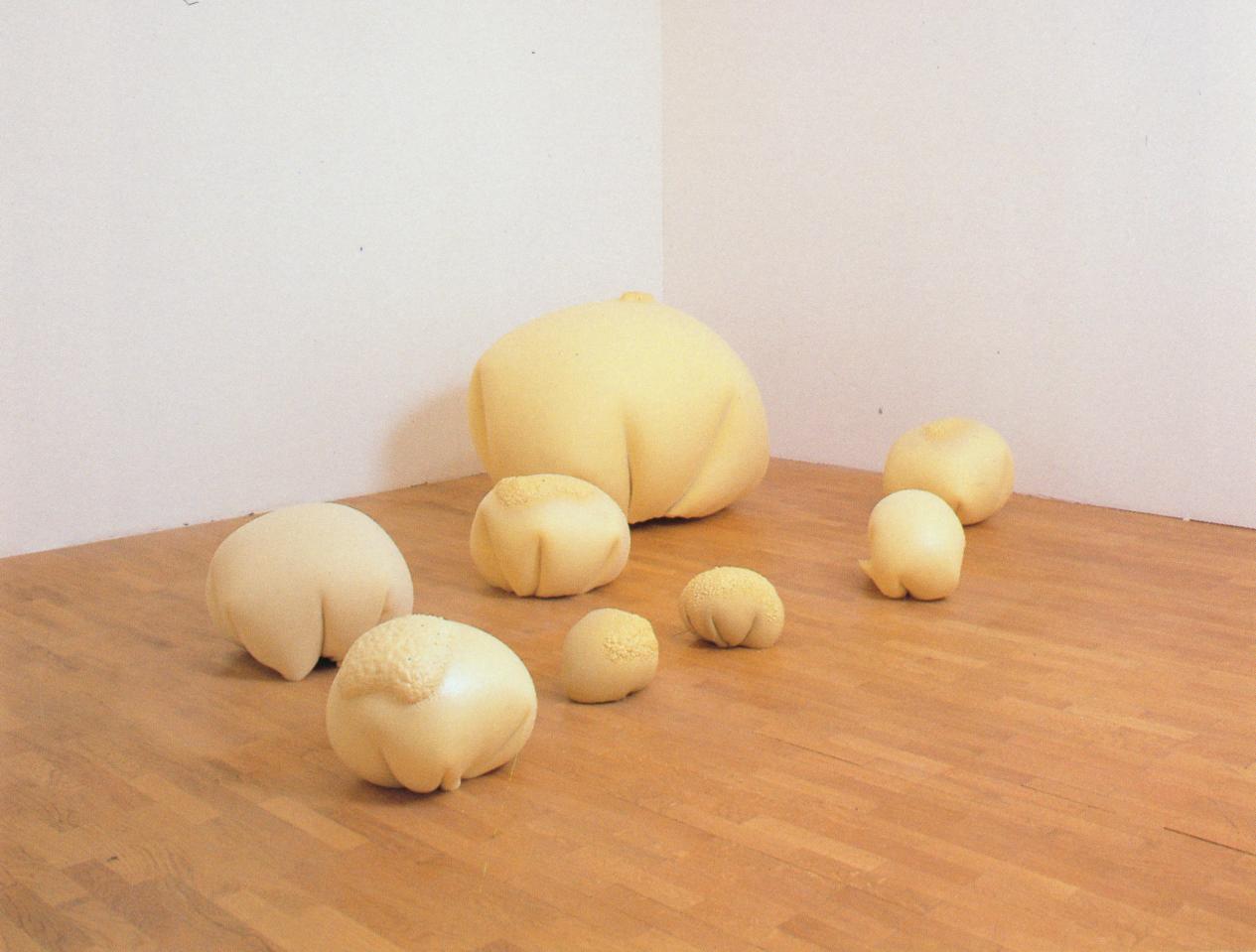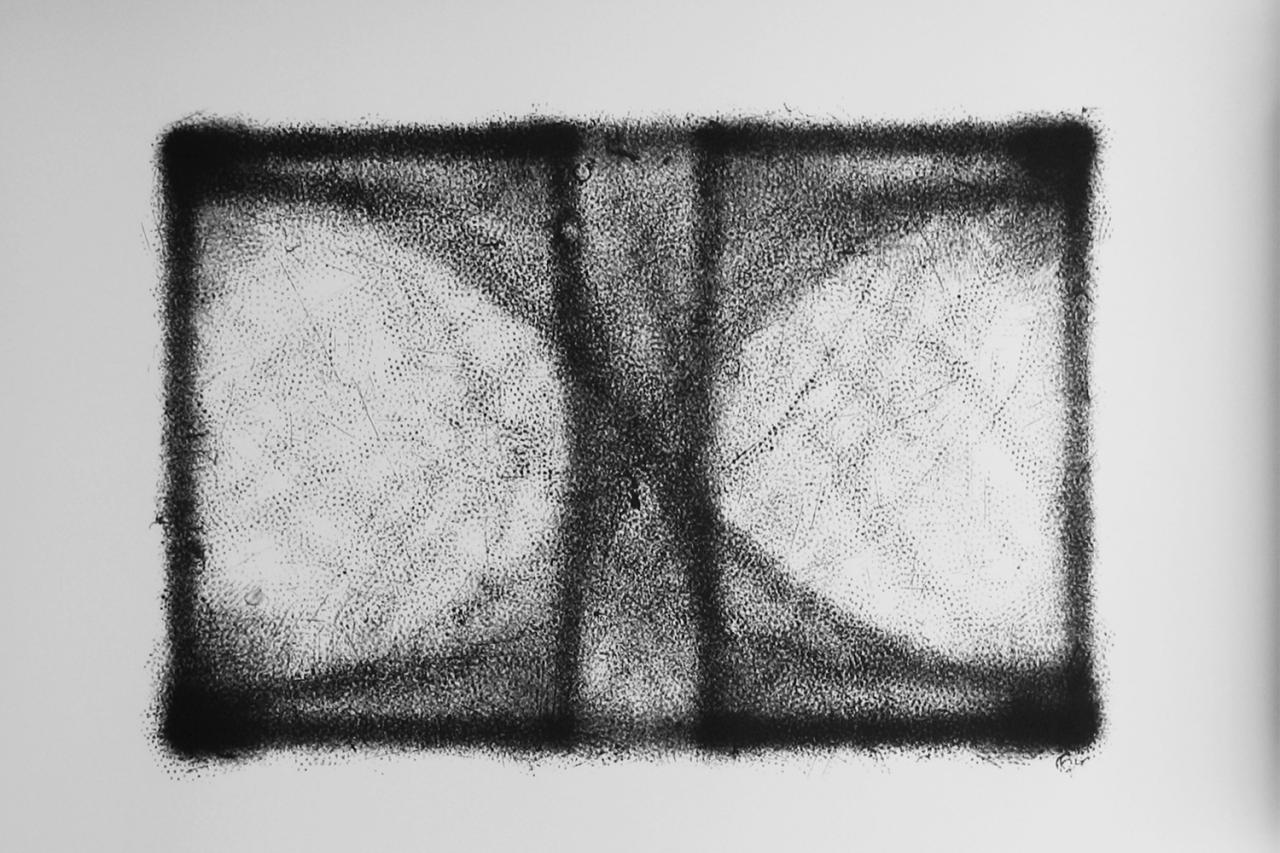Richard Monnier
Born in 1951
Lives and works in Fontaine (Isere)



“Before being a sculptor and perhaps even before being an artist, Richard Monnier is first and foremost a researcher. This is why, since 1980, material production has never been an end purpose in his work. […]
“I’m not attached to materials but to processes whereby forms appear”, he declared, when his work still had the appearance of sculpture. Expansion, braiding, cut-outs, rolling, superposition, dispersal… In an extension of Process Art, Monnier then stuck to simple and repetitive gestures, gestures brought on by materials whose choice was itself brought on by the observation of particular physical features. Polyurethane foam, cement, chicken wire, hot-melt glue, etc. Not forgetting the stuff of art history, Monnier drew inspiration for a long time from the 20th century (Brancusi, max Bill, César, Serra, Hesse…) and then turned more recently towards the Renaissance, with his oeuvre henceforth becoming twice as invisible!
For Monnier’s oeuvre would not be what it is if its author was not also a tireless teacher: always halfway between the library and the grotty, cluttered bolt hole that is his studio. The documentary research here results from the professional reflex, but it is just as empirical. It is what enables him to create unexpected links between Op Art and Concrete Art. It is what lends some of his works if not something finite, at least a minimalist silhouette, while others have shapes of psychedelic gadgets. This is what makes him atypical, without being anachronistic. This is what gives him a sweeping view, because it comes from experience, of art from the 1970s to the present day. The artist tinkers in impassive ways, calmly insisting. He is very well informed, and also likes the random, spontaneous approach (several of his works, incidentally, make explicit reference to the game of dice), dealing without scruples with the laborious nature of his approach and perhaps surprising himself by the fact that such disparate gestures, materials and references can be at the root of an oeuvre marked by an indisputable formal and conceptual unity, which remains ever open and unpredictable.” […]
Excerpt from Portrait de l’astronome en joueur de boules. Richard Monnier et l’éclairage de l’empirisme, Frédéric Paul, Les Cahiers du MNAM, Centre Pompidou, Paris, n°83, 2003
Translated by Simon Pleasance, 2015